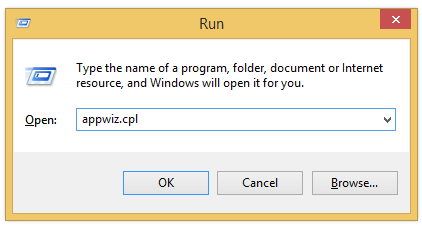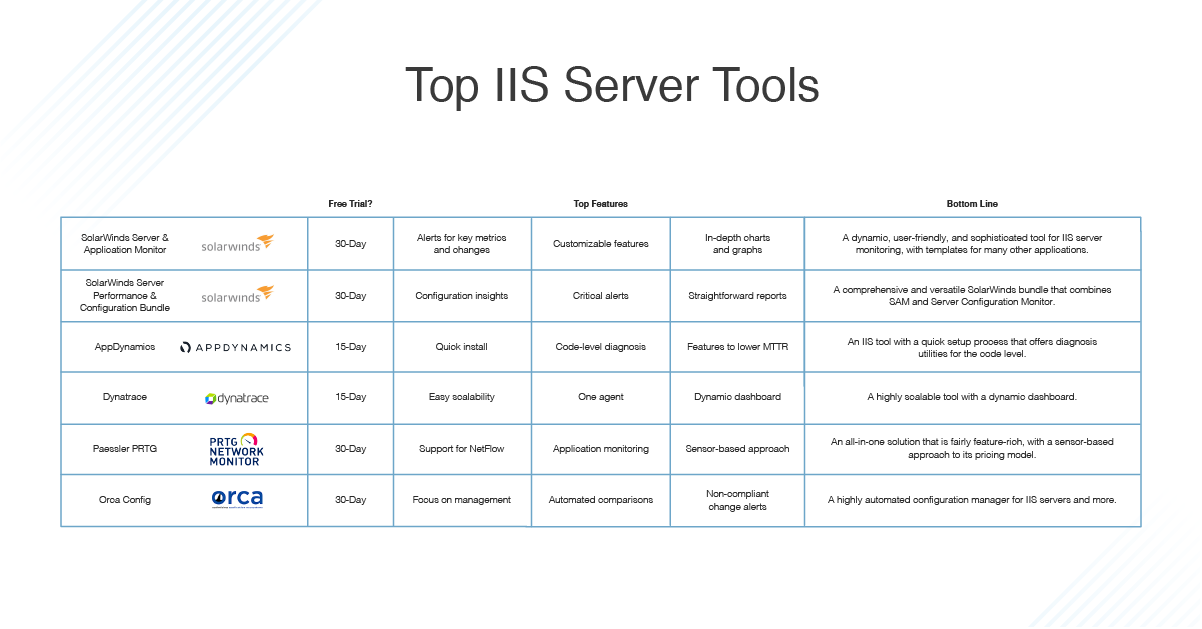
On the Web Server Role (IIS) page, click Next. On the Select server roles page, select Web Server (IIS), and click Next. On the Select destination server page, select Select a server from the server pool, select your server, and click Next. On the Select installation type page, select Role-based or feature-based installation, and click Next. In the Add Roles and Features Wizard, on the Before you begin page, click Next. In Server Manager, select Dashboard, and click Add roles and features. On the Start page, click the Server Manager tile, and then click OK.

To install IIS and ASP.NET modules on Windows Server 2012 using the UI
At the command prompt, type the following: dism /online /enable-feature /featurename:netfx3. On the Start screen, right-click the Command Prompt tile, and then click Run as administrator. NET 3.5 on Windows Server 2012 or Windows 8 NET 3.5 before installing IIS and ASP.NET modules. If you support web applications written using ASP.NET 2 to 3.5, install. To learn more about the Web PI, see Learn more and install the Web PI. Because the Web PI installs the latest versions of available Web Platform offerings, with just a few simple clicks you can download and install any new tools or updates. If you prefer, you could use the Web Platform Installer (Web PI) to install IIS and third-party applications that run on IIS. To install IIS on either Windows Server 2012 or Windows 8, you must sign on as a member of the Administrators group. Install IIS on Windows® 8 using the IIS Manager UI. Install IIS on Windows Server® 2012 using the IIS Manager UI. This section describes how to install IIS and the modules that support ASP.NET applications in any of the following ways: 
Then go on to Step 2: Configure ASP.NET Settings. When you are done, make sure that IIS and the ASP.NET modules are installed, and your ASP.NET application has been added to your website. Then add your ASP.NET application files to IIS. The first step in building an ASP.NET website on IIS 8 is to install IIS along with the ASP.NET modules.

Configuring Step 1: Install IIS and ASP.NET Modules







 0 kommentar(er)
0 kommentar(er)
